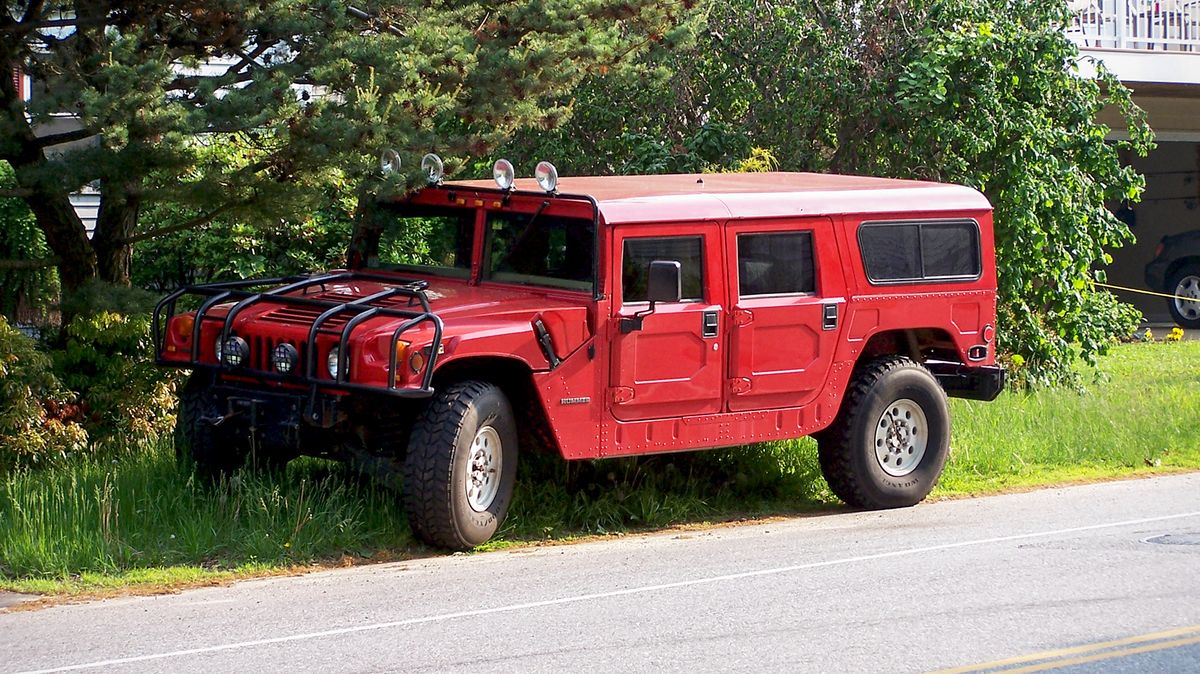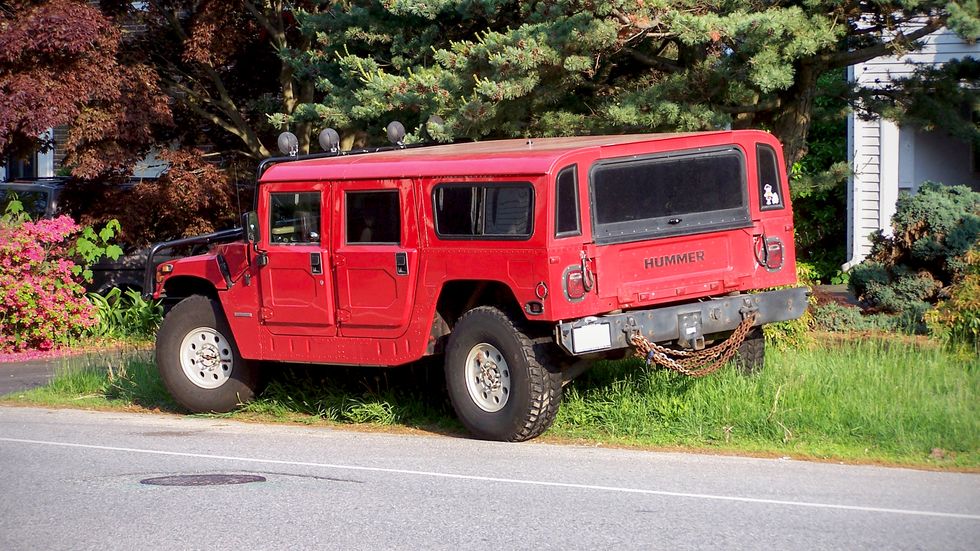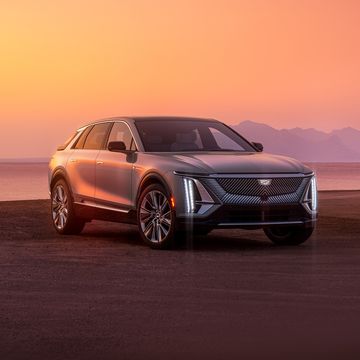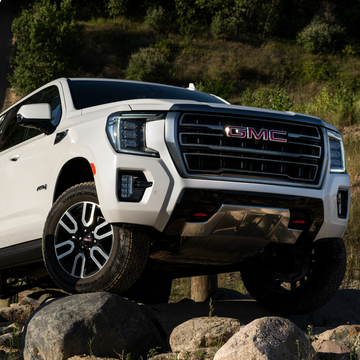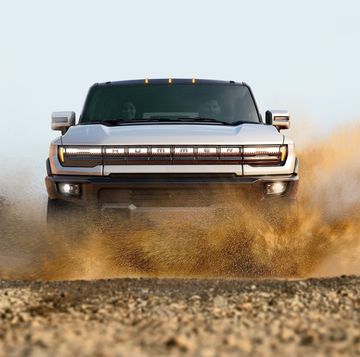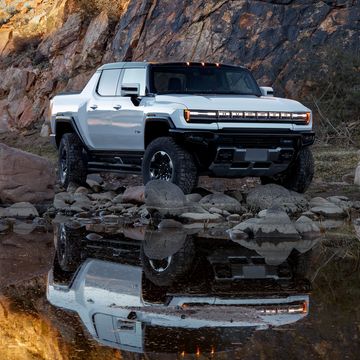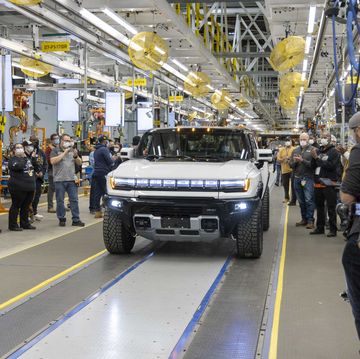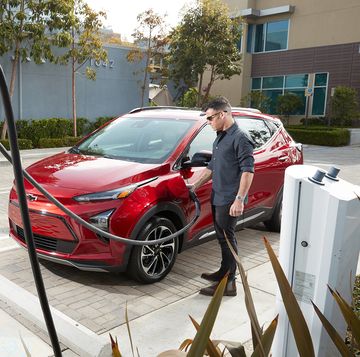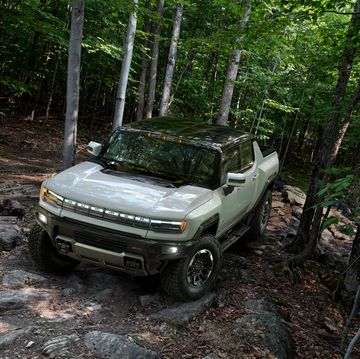As a consumer brand, Hummer has meant different things to different people over the past three plus decades, since formally arriving on the scene in 1992. The military M998 HMMWV (High Mobility Multipurpose Wheeled Vehicle) was launched back in 1983, but didn't really see its first debut as a private SUV of sorts until after its second military deployment in the first Gulf War, following a brief landing in Panama in 1989.
Helped in significant part by Arnold Schwarzenegger's embrace of the barely domesticated HMMWVs, in 1992 AM General began marketing the trucks to ordinary buyers. Or, rather, small business owners, millionaire ranchers, construction company execs, and numerous villains from 1990s movies including Broken Arrow (1995), starring John Travolta and Christian Slater.
The second generation of the Hummer brand arrived after 1999, when General Motors acquired the rights to the name from AM General and developed the cube-shaped H2 SUV and SUT, followed by the much more sensible Canyon/Colorado-based H3, while continuing to sell the mostly original 1992 civilian model as the Hummer H1 through 2007.
During this giddy time, the H2 became a sales hit and also a caricature of sorts, personifying conspicuous consumption and suburban power toy one-upmanship—an era that will perhaps be viewed with awe by future historians, and one that already seems painfully dated.
We're now living in what is arguably the third generation of the civilian Hummer brand, where the model has gone green by becoming far more powerful but also quieter, heavier, and more expensive in the process, demanding sums that could (and still can) buy a two-bedroom house in the Midwest.
With these three distinct time periods in mind, it already feels retro to come across a first-gen civilian Hummer station wagon from its first deployment as a mega-SUV for consumers, and to revisit just what it offered.
The specs of the original Hummer station wagon will perhaps surprise those not familiar with the original model. A 6.2-liter fuel-injected diesel produced an advertised 150 hp and 210 lb-ft of torque, returning 13 to 14 mpg paired with a three-speed automatic.
Zero to 60 mph required 19.5 seconds if you stomped the accelerator and weren't towing anything, especially the maximum 8400 pounds. A sensible 65 mph was the advertised top speed, making it usable on the highway at its Warp 9.9 setting, but a turning radius of 25 feet also made it somewhat difficult to maneuver around town.
The four-door wagon weighed 6400 pounds and offered a payload of 3900 pounds, which would have been difficult to use in practice because the wagon didn't offer much room in the back. Or in the interior for that matter. The aluminum body panels and a fiberglass hood certainly shaved a few pounds off its curb weight, but it still weighed plenty, even as a two-door pickup tipping the scales at 5800 pounds.
It's easy to appreciate by this point that on-road performance was not the 86.5-inch wide Hummer's claim to fame, despite marketing material showing it in Ford Ranger-style settings: Hauling a dozen 2x4s to a construction site, or transporting grandma's rocking chair in the bed.
The H1's comfort zone was decidedly in off-road settings at slower speeds, with the four-door wagon offering 16 inches of ground clearance, the ability to climb 60% grades and withstand 40% side slopes. An approach angle of 72 degrees assured the ability to climb gym walls when needed, while a central tire inflation system allowed the H1 to adapt to different surfaces, with the premium sound system and air conditioning on in the domesticated cabin.
Did any of its abilities and limitations affect its appeal to its actual buyer base? It's probably safe to say that MPG ratings or acceleration did not sway buyers either way—they were going to buy one to look cool. And for a while they did.
The original Hummer did not really experience the same degree of cultural backlash or hate/love reaction the H2 quickly drew in the early 2000s, remaining rare and quite aloof, thanks in part to relatively modest sales. A high price of $52,950 in 1992 dollars and a deficit of fast food drive-thru road manners assured exclusivity, while a well chosen (and loud) paint color assured rearview mirror visibility.
Thirty one years after its debut as a consumer model, the Hummer remains aloof but a little less rare, thanks to years of used models that could be bought at government auctions. But it's not really an alternative to any other 4x4 from the same era, and never will be.

Jay Ramey grew up around very strange European cars, and instead of seeking out something reliable and comfortable for his own personal use he has been drawn to the more adventurous side of the dependability spectrum. Despite being followed around by French cars for the past decade, he has somehow been able to avoid Citroën ownership, judging them too commonplace, and is currently looking at cars from the former Czechoslovakia. Jay has been with Autoweek since 2013.
